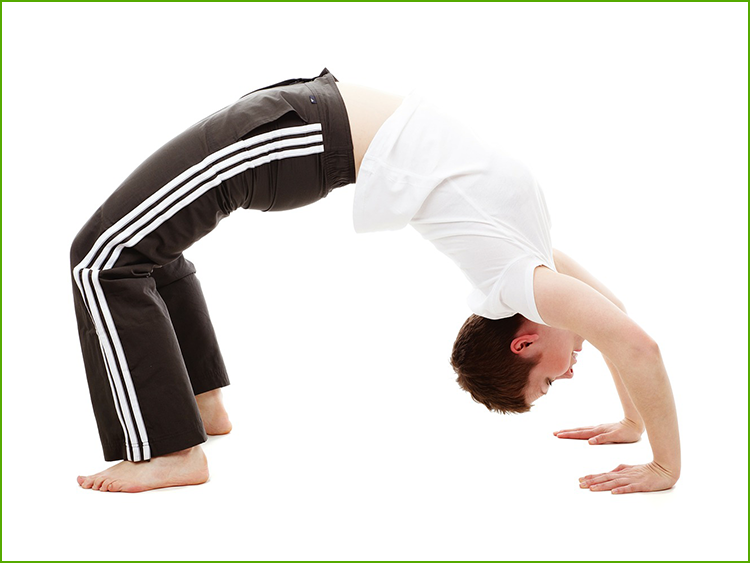
Exercise in Ankylosing Spondylitis Management
Living with Ankylosing Spondylitis can make you think that exercising is the last thing you should do. The gradually developing chronic pain in the lower back seems like the most common reason to stop you from exercising. On the contrary, it should be the reason for you to exercise.
Studies have suggested that Ankylosing Spondylitis is best managed with a combination of medication and physical therapy. Just like the right treatment is important, staying physically active is also equally necessary to live well with Ankylosing Spondylitis.[1]
Exercises or physical therapy in Ankylosing Spondylitis serves 3 purposes:
- Helps maintain posture:
Ankylosing Spondylitis causes pain and stiffness, but, if left unchecked over a period, is known to cause spinal joints to fuse leading to formation of ‘bamboo spine’. A person with bamboo spine is typically bent forward and is unable to move freely.[2][3]
Exercises designed to help initiate change in posture, especially during the early stages of Ankylosing Spondylitis are very crucial in maintaining the right posture.[3]
- Helps improve mobility:
Mobility is directly related to pain, stiffness and improvement in physical function. Research has shown that regular exercises can reduce the immobility which is the hallmark feature of Ankylosing Spondylitis.[3] - To improve respiratory functions:
Fusion of spinal bones of the upper back may lead to limited movements of the chest wall, thus restricting the ability to breathe. Cardiorespiratory fitness, therefore, forms a very important part of the exercise routine.[3]
Keeping these 3 parameters in mind, a physiotherapist can plan a routine exercise program that can improve posture, mobility and respiratory function for patients with Ankylosing Spondylitis.
Exercise now forms an essential part of Ankylosing Spondylitis management and has a great influence on the outcomes of the disease. Persons with Ankylosing Spondylitis are encouraged to exercise regularly and include different forms of exercise in their routine.
Ask your Physiotherapist to design an exercise routine that suits your specific needs.
Ask your Rheumatologist for biologics that slow down spinal fusion.
References
- What is Ankylosing Spondylitis (AS)? Available [online] at URL: https://www.everydayhealth.com/ankylosing-spondylitis/guide/#duration. As accessed on February 11, 2020
- Sieper J, et al. Ann Rheum Dis 2002;61(Suppl III):iii8–iii18
- Nolte K and van Rensburg CJ. Int Spor Med J. 2001;2(4)
